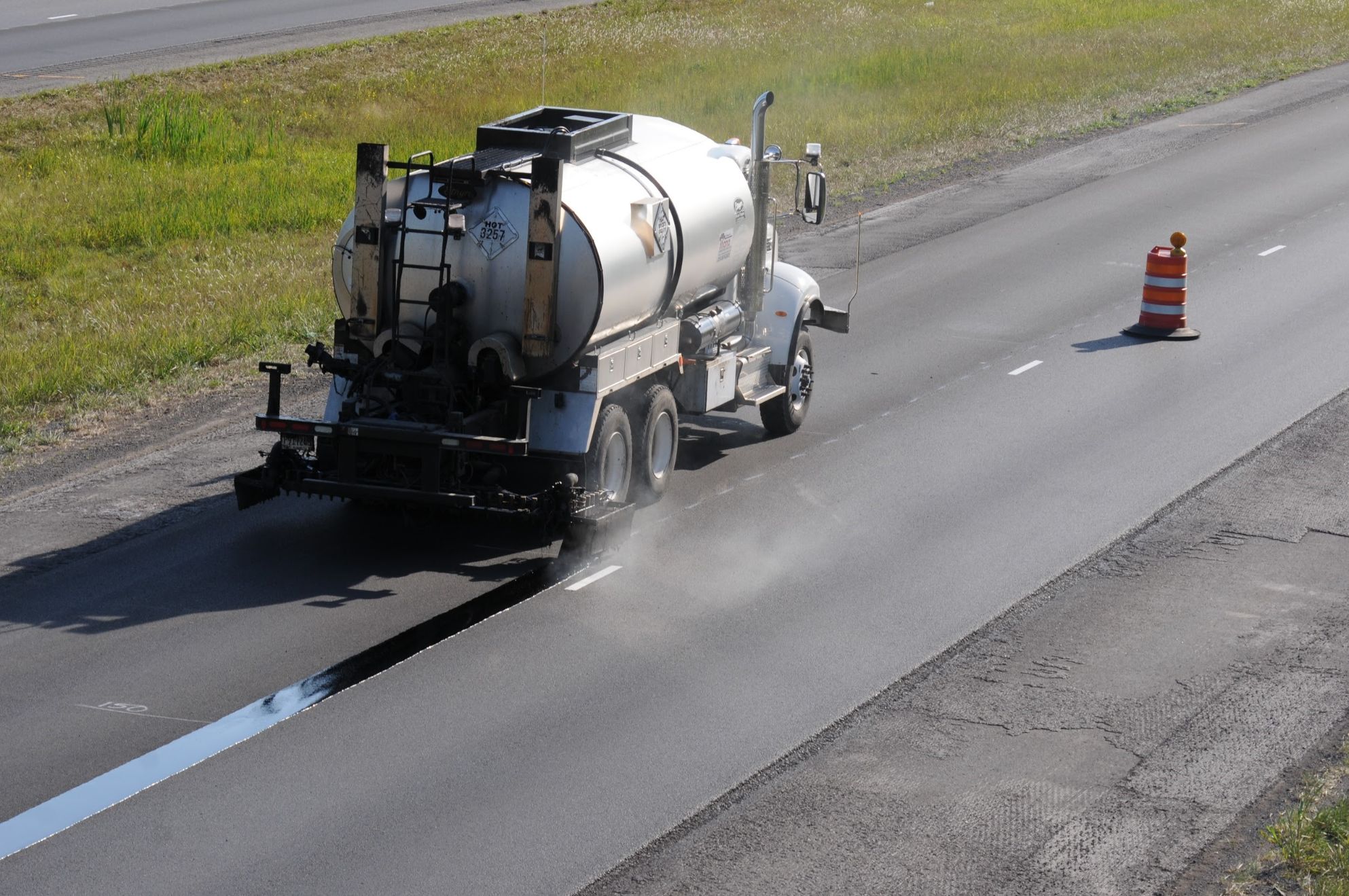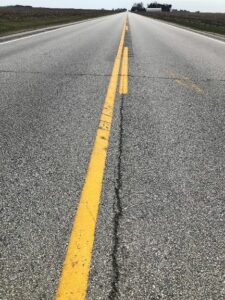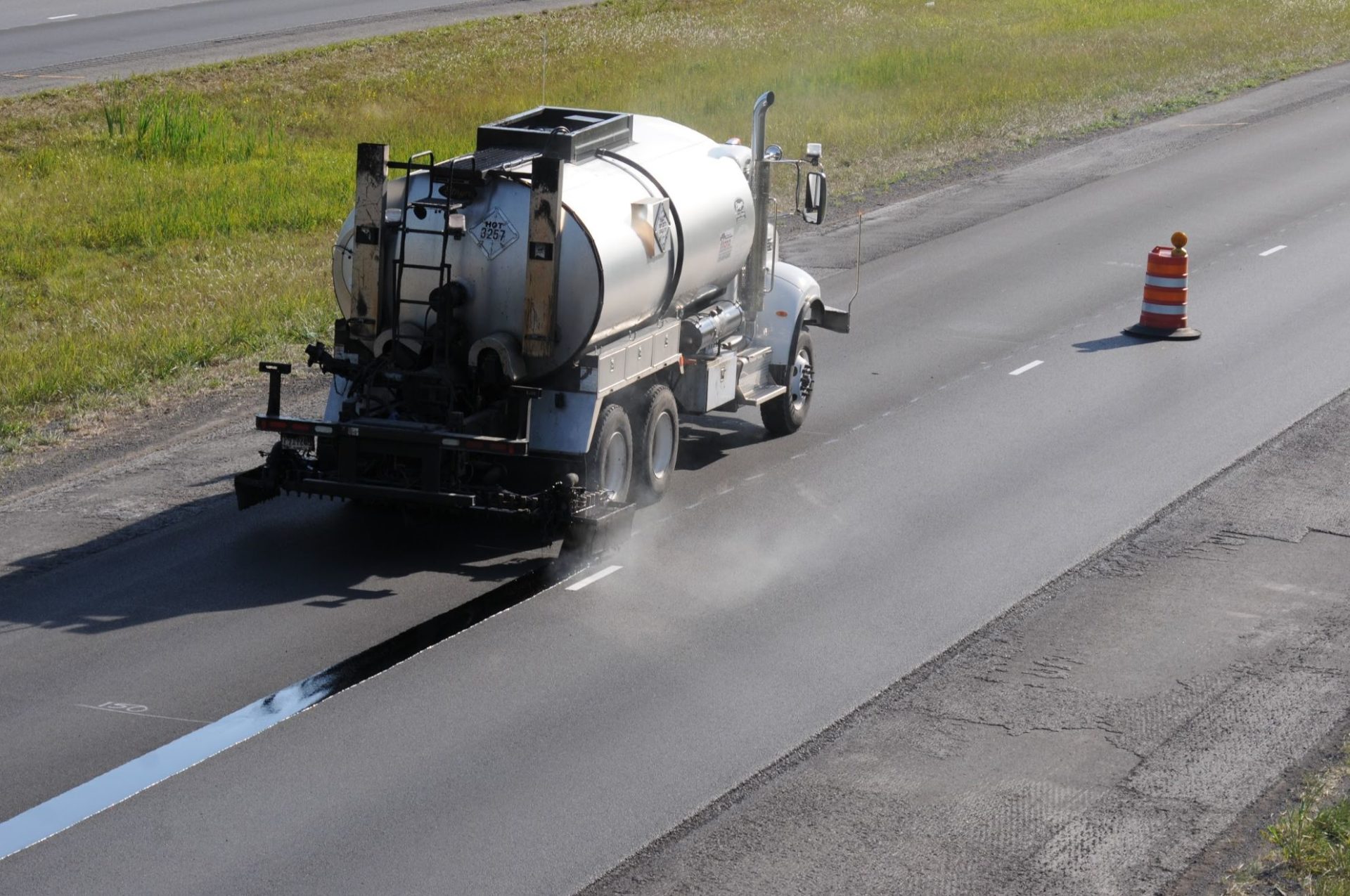
Many people have spent the past year working from home, so it’s no surprise that traffic on roads nationwide decreased in 2020. What’s alarming is the number that went up: according to the National Highway Traffic Safety Administration, traffic fatalities rose 4.6 percent in the first nine months of 2020 compared to the first nine months in 2019.
State agencies, recognizing distracted driving as one culprit, seek a way to protect drivers in their communities. According to the Federal Highway Administration (FHWA), centerline rumble strips reduced head-on injury crashes by 38 to 50 percent on two-lane rural roads in Minnesota, Pennsylvania and Wisconsin. In Ohio, rumble strips have proven so effective that the Ohio House passed legislation mandating this safety measure on all two-lane state highways.
While rumble strips save lives, they can reduce the performance of the road, creating problems for the agencies that maintain them. By cutting into the area of the road already most susceptible to deterioration, rumble strips create more space for water to enter the joint. That extra moisture can lead to trouble.

In 2015, centerline rumble strips were installed on a six-mile section of Dewey Fisher Road in Champaign County, Illinois. In this control section, the lack of a void reducing asphalt membrane allowed cracking within four years.
“I’ve been working on roads for over four decades,” John Galik, vice president of Specialized Construction Inc., Cuyahoga Heights, Ohio, said. “If the pavement isn’t of the highest quality, everything is going to fail faster, especially the centerline joint.”
But making roads safer doesn’t have to mean making joints weaker. Contractors in Ohio are adding J-Band, a void reducing asphalt membrane (VRAM) solution designed to strengthen the middle of the road. Created in the labs of Heritage Research Group, J-Band is designed to address the issue of protecting centerline joints from a different angle: the bottom up. It’s a materials approach applied at the time of construction, under the surface where centerline rumble strips will be built.
“Rumble strips create a vulnerable area in the pavement,” Todd Thomas said. He’s the technical director for specialty products at Asphalt Materials Inc., Indianapolis. “Water may pool in this area of the pavement with the highest permeability, creating a situation that can accelerate deterioration. As a materials solution, J-Band adds up to two times the original asphalt content of the mix to make this area nearly impermeable to water.”
Applied as part of the normal HMA construction process, a high polymer asphalt mix is applied wider than the joint area, typically 18 inches, using an inline parallel spray bar. It’s applied at an application rate that’s dependent on the type and thickness of the HMA mix. After the HMA is applied, the heat causes the polymerized asphalt material to migrate upwards, filling voids in the joint.
Ohio Specs, Protects Investment
To protect against joint deterioration at the rumble strip, the Ohio DOT has created specs requiring contractors to overpave the joint area and mill back or utilize a VRAM. While both applications have their benefits, material solutions provide several advantages.
For example, adding more material to fill the voids at and near the joint makes a difference in reducing permeability. On projects Gerken crews have performed, crewmembers can see the J-Band perform, migrating from the bottom up, to know it’s working. Once J-Band is applied, it’s engineered to stay in place where it was originally sprayed. This helps more material go exactly where it’s needed—not over the rest of the road. This precision pays off in protection.
“If you can keep [the centerline joint] protected through J-Band, you can make that part of the road last as long as the rest of it,” Thomas said.
The VRAM application process requires less time than the overpave and mill back process. Time is also saved when it comes to maintenance. Because J-Band is effective at protecting the part of the road that’s more likely to deteriorate, crews won’t have to perform asphalt maintenance as often. In an industry where safety is paramount, those few minutes off the road can mean a lot.
“Today’s drivers are focused on everything but driving,” Galik said. “The last place I want my staff working is on the centerline joint. If there’s anything that can be done to prevent having to repair the joint before having to repair the pavement, that’s a significant advantage in terms of investment and safety.”
Applying J-Band with centerline rumble strips creates a longitudinal joint that’s nearly impermeable and, more importantly, capable of lasting as long as the rest of the road. A stronger centerline joint allows state agencies and contractors to maximize their investments by minimizing repairs and maintenance. Testing data shows the investment can pay off in the long run.
According to a recent life-cycle cost analysis (LCCA) paper published at Transportation Research Board (TRB), VRAM application resulted in a 3 to 1 return on investment from projects in Illinois. Other tests have shown up to a 5 to 1 ROI. This gives Gerken Paving crews a sense that they’re doing something that has a larger positive impact on all of us. A sustainable approach is about extending the pavement life-cycle.
With drivers more distracted than ever, investing in proven safety solutions like centerline rumble strips is a priority. Applying extra protection for the centerline joint is something Ohio DOT and Gerken Paving recognize as necessary. Applying a VRAM like J-Band under where centerline rumble strips will be installed can reduce permeability in this most critical area.
ARTICLE BY: JASON BADEN
Jason Baden is the vice president of Gerken Paving Inc., Napoleon, Ohio. For more information, contact Jeff Ball at jball@asphalt-materials.com or visit www.asphalt-materials.com.

